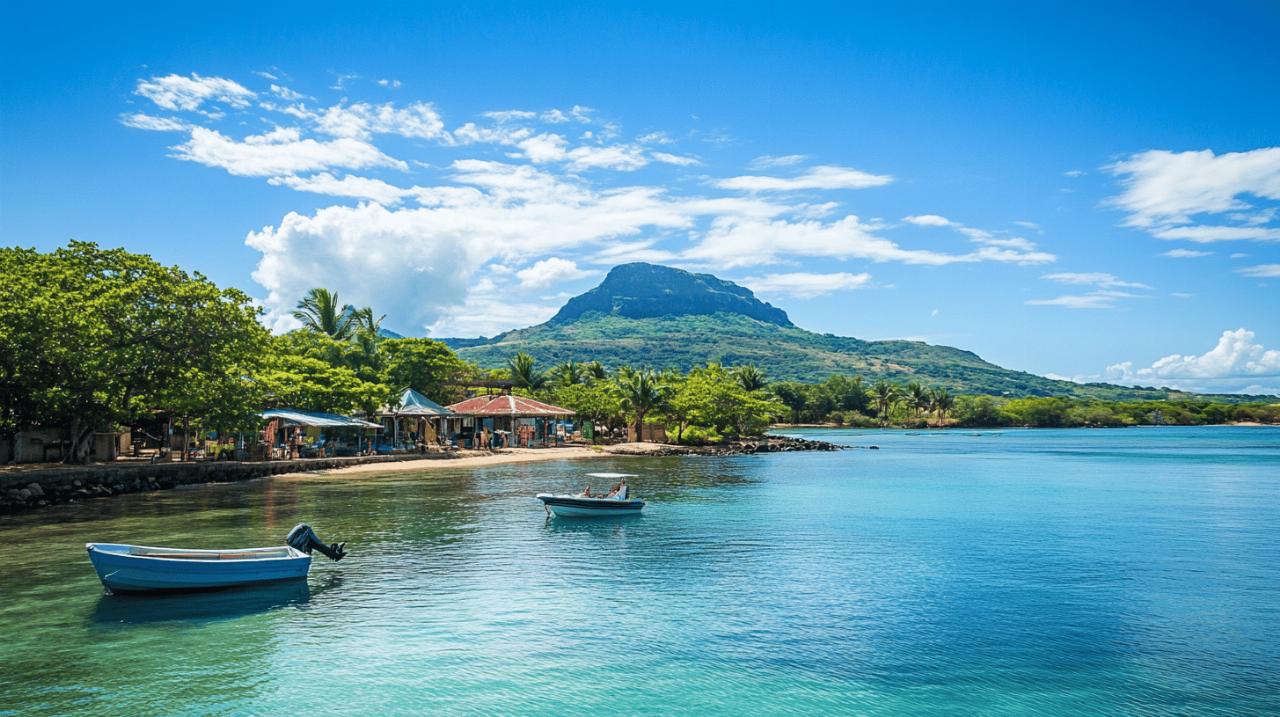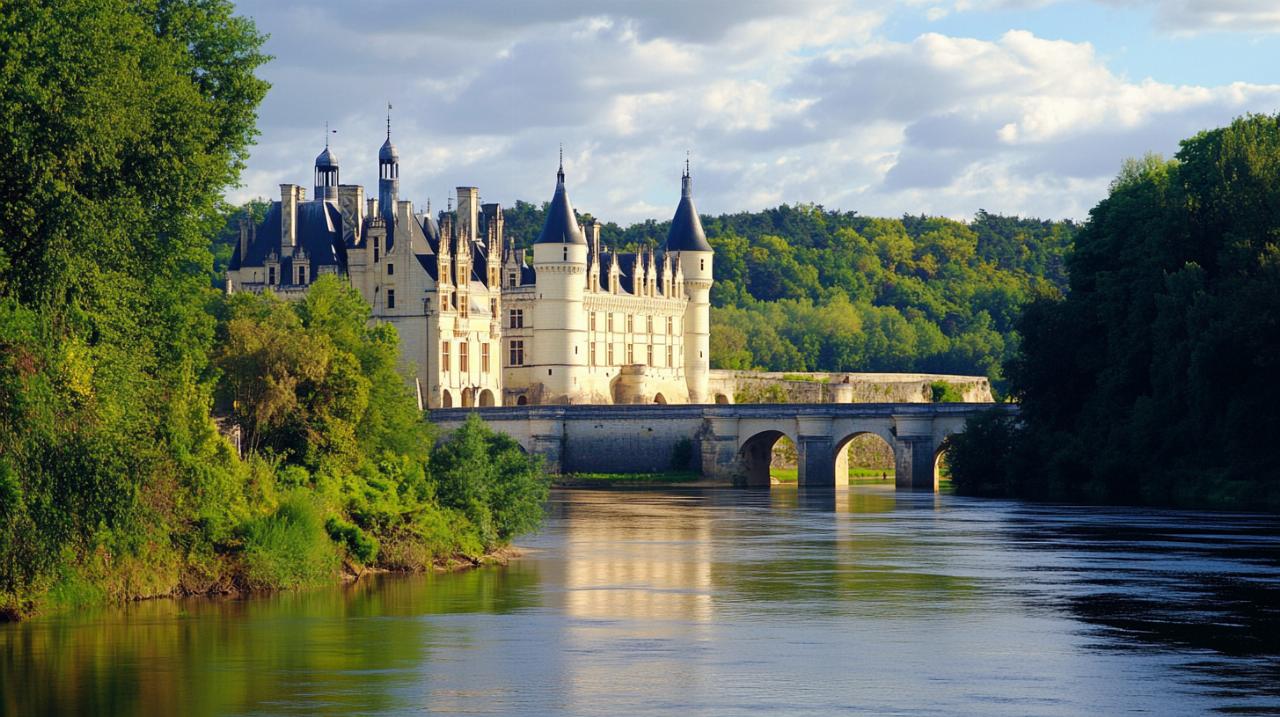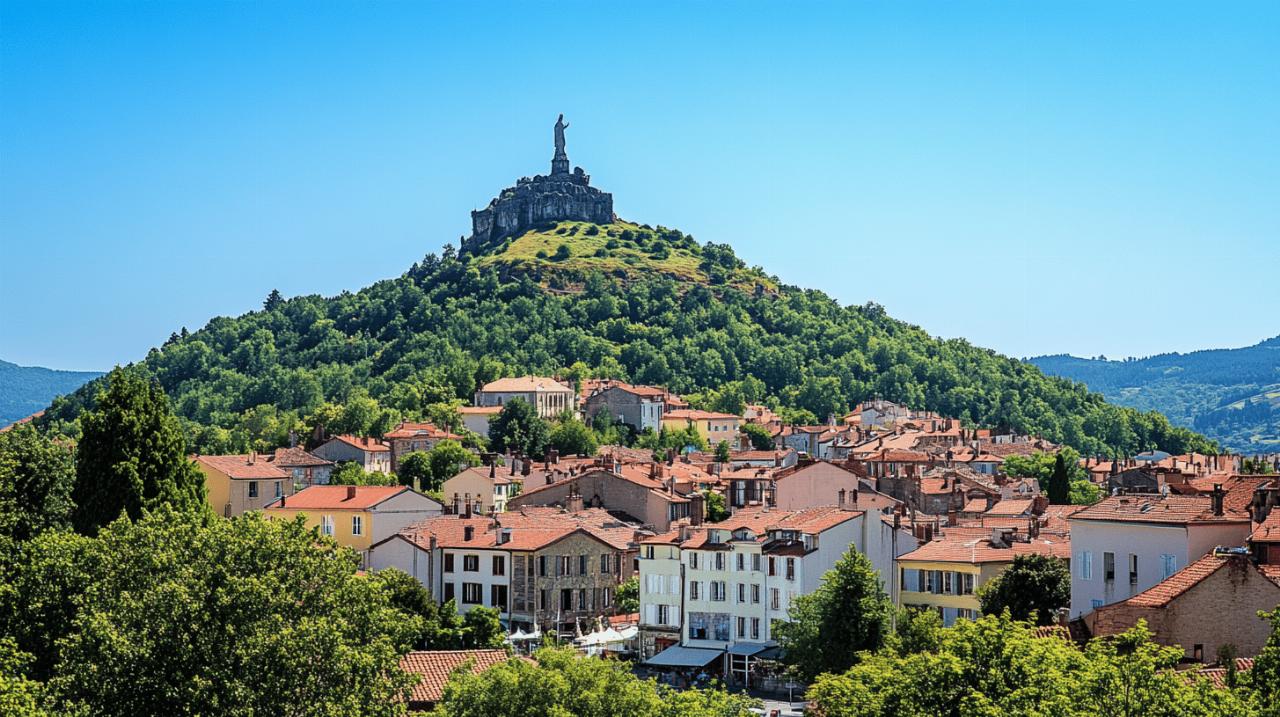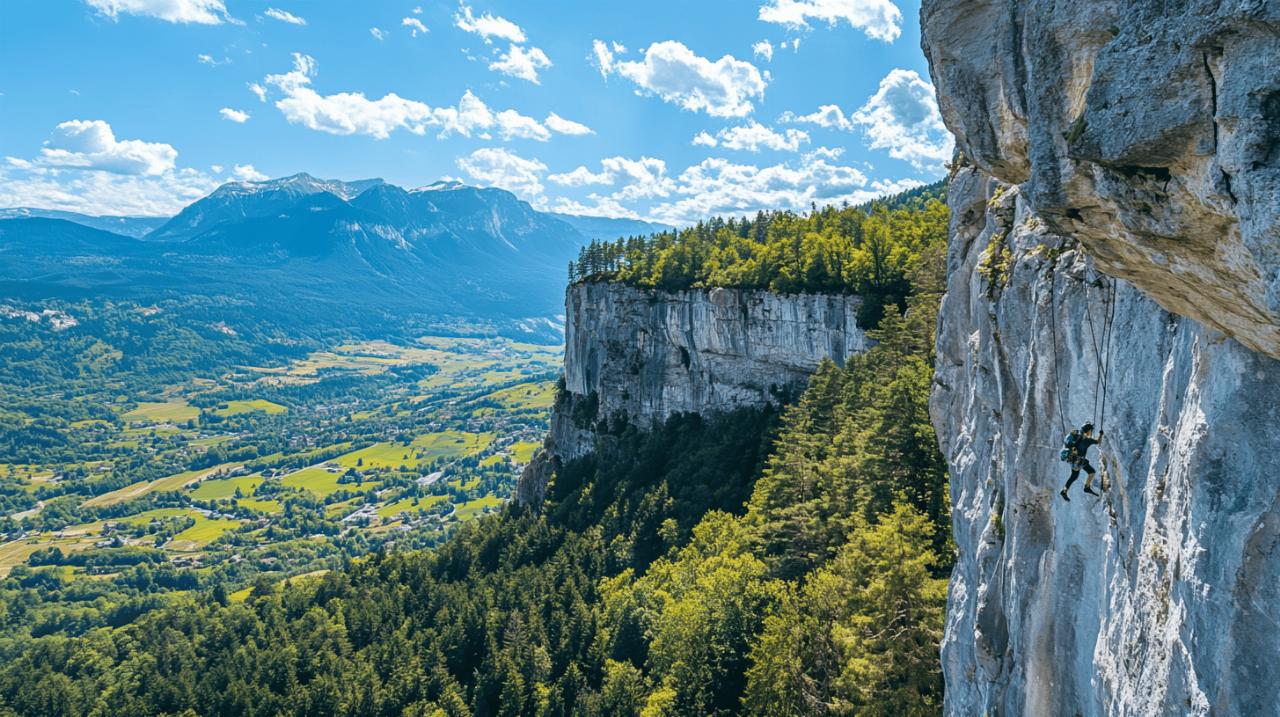Nestled in the vast expanse of the Indian Ocean, Rodrigues Island emerges as a captivating destination where time seems to slow down and history whispers through the rustling palms. This remote volcanic island, part of the Republic of Mauritius yet distinctly unique in character, offers travellers an opportunity to explore a fascinating colonial past whilst immersing themselves in a vibrant cultural present. From the moment you step onto its shores, the island's story unfolds through its landscapes, its people, and the traditions that have been carefully preserved across generations. Whether you're drawn to the echoes of European explorers or the rhythmic beats of traditional Creole music, Rodrigues promises a journey that goes far beyond the typical island holiday.
Rodrigues Through the Ages: A Journey into Colonial Heritage
Early settlements and european discovery
The recorded history of Rodrigues begins with Arab sailors who ventured through the Mascarene Islands as early as the tenth century, long before European explorers charted these waters. However, it was the Portuguese navigator Diego Rodrigues who lent his name to the island when he encountered it in February 1528 during his voyages across the Indian Ocean. For decades following this discovery, the island remained uninhabited, serving merely as a stopping point for Dutch vessels seeking fresh provisions from 1601 onwards. These early visitors found an island teeming with giant tortoises and the now-extinct solitaire bird, species that would tragically disappear due to overhunting by sailors. The first serious attempt at establishing a permanent settlement came in 1691 when François Leguat and seven fellow Huguenots arrived with dreams of creating a farming colony. Their ambitious venture, however, proved short-lived, as the profound isolation of the island drove them to abandon their endeavour after just two years of struggle against the elements and loneliness.
The french and british colonial legacy
The eighteenth century marked a turning point for Rodrigues when the French began earnest efforts to develop the island, bringing African slaves to work the land. The first permanent French settlement took root in 1735, and by the following year, Rodrigues had established its inaugural population of inhabitants committed to building a community. This French colonial period shaped much of the island's cultural foundation, introducing agricultural practices and establishing the early framework of society. The British arrival in 1809 brought new administrative control, and by 1834, slavery was abolished throughout British territories, fundamentally transforming the social landscape. Despite these changes, the population remained remarkably small, with only 250 residents recorded by 1843. Rodrigues remained tethered to the British colony of Mauritius through the nineteenth and twentieth centuries, and when Mauritius gained independence in 1968, the island continued its association with the new nation. Interestingly, in 1967, an overwhelming ninety per cent of Rodriguans voted against independence from Britain, demonstrating their distinct identity and concerns about their future. The island's journey towards greater self-determination culminated in 2002 when Rodrigues was granted enhanced autonomy with its own Regional Assembly, led initially by Serge Clair, who had founded the Organisation du Peuple de Rodrigues in 1976 and championed the cause of local governance.
Cultural tapestry: the living heritage of rodriguan society
Traditional Music, Dance, and the Séga Beat
The cultural heartbeat of Rodrigues resonates most powerfully through its music and dance traditions, particularly the Séga Tambour, a distinctive form of expression that has earned recognition as part of UNESCO's Intangible Cultural Heritage. This traditional dance emerged from the island's Creole heritage, blending African rhythms with influences gathered over centuries of isolation and cultural evolution. The Séga Tambour differs from its Mauritian counterpart through its use of hand-beaten drums and a more earthy, grounded style that reflects the agricultural roots of Rodriguan society. When locals gather for celebrations, the hypnotic beat of the drums fills the air, and dancers move with a fluid grace that tells stories of hardship, joy, and resilience. This living tradition continues to thrive in contemporary Rodrigues, passed down through generations not merely as entertainment but as a vital link to ancestral identity. The island's small population of fewer than 45,000 people, ninety per cent of whom are Creole descendants of African slaves, has maintained these cultural practices with remarkable dedication despite the modernising influences of the twenty-first century.
Culinary traditions and island gastronomy
The gastronomic landscape of Rodrigues reveals another dimension of its cultural richness, with cuisine that reflects both the island's maritime setting and its agricultural heritage. Octopus holds a particularly prominent place in local diets, with residents consuming it two or three times weekly, making it far more than just a tourist attraction. Women traditionally fish for octopus in the lagoon, contributing significantly to family income and food security through this practice. Recognising the importance of sustainability, authorities have implemented fishing bans during February, March, September, and October to prevent overfishing, compensating fishers with alternative employment during these periods. Famous establishments like Chez Robert et Solange serve octopus prepared in traditional styles that have been perfected over generations, often accompanied by fresh vegetables and local staples. The island's culinary scene extends beyond seafood to include unique dishes featuring locally grown produce, with lemon juice being a particularly refreshing specialty. The Saturday market in Port Mathurin offers visitors an authentic taste of Rodriguan food culture, where vendors display fresh catches alongside vegetables and fruits cultivated in the island's fertile volcanic soil, creating a sensory experience that captures the essence of this remote community's relationship with its environment.
Port mathurin and beyond: exploring historical landmarks
Colonial architecture and heritage sites
 Port Mathurin serves as both the administrative capital and the cultural heart of Rodrigues, where colonial architecture stands as tangible evidence of the island's layered history. Walking through the modest streets of this small town reveals buildings that date back to various periods of European influence, their weathered facades telling stories of French planters, British administrators, and the diverse population that gradually made this remote outpost their home. The island played an unexpected role in scientific history when the French Académie des Sciences selected Rodrigues as a location for observing the transit of Venus in May 1761, with Abbé Guy Pingré spending four months on the island conducting astronomical measurements. In September 1901, technological progress arrived with the trans-Indian Ocean cable, connecting Rodrigues to a network stretching from Zanzibar to Australia, suddenly linking this isolated community to the wider world. During the Second World War, troops were stationed on the island to protect this strategically important cable station, adding another chapter to Rodrigues's complex historical narrative. These various historical threads converge in Port Mathurin, where visitors can sense the accumulated weight of centuries whilst enjoying the relaxed pace that characterises contemporary island life.
Port Mathurin serves as both the administrative capital and the cultural heart of Rodrigues, where colonial architecture stands as tangible evidence of the island's layered history. Walking through the modest streets of this small town reveals buildings that date back to various periods of European influence, their weathered facades telling stories of French planters, British administrators, and the diverse population that gradually made this remote outpost their home. The island played an unexpected role in scientific history when the French Académie des Sciences selected Rodrigues as a location for observing the transit of Venus in May 1761, with Abbé Guy Pingré spending four months on the island conducting astronomical measurements. In September 1901, technological progress arrived with the trans-Indian Ocean cable, connecting Rodrigues to a network stretching from Zanzibar to Australia, suddenly linking this isolated community to the wider world. During the Second World War, troops were stationed on the island to protect this strategically important cable station, adding another chapter to Rodrigues's complex historical narrative. These various historical threads converge in Port Mathurin, where visitors can sense the accumulated weight of centuries whilst enjoying the relaxed pace that characterises contemporary island life.
Local markets and artisan craft traditions
Beyond the colonial buildings and historical markers, the true spirit of Rodrigues reveals itself most vividly in the bustling atmosphere of local markets and the workshops of artisan craftspeople. The Saturday market in Port Mathurin represents more than a simple commercial exchange; it functions as a weekly celebration of community, where farmers bring produce from across the island's 108 square kilometres, fishers display their catches, and craftspeople offer handmade goods that reflect traditional techniques passed down through families. The market provides an opportunity to observe the social dynamics of a population that remains remarkably cohesive despite modern pressures, with vendors calling out greetings and shoppers pausing for extended conversations that demonstrate the importance of interpersonal connections in island life. Artisan traditions flourish in small workshops scattered across Rodrigues, where skilled makers produce items ranging from woven baskets to model boats, using techniques that have changed little over the decades. These craftspeople often work with materials sourced directly from the island's natural environment, creating objects that carry both functional utility and cultural significance. For visitors seeking authentic souvenirs, these locally crafted items offer far more meaningful connections to Rodriguan heritage than any mass-produced alternative could provide.
Modern rodrigues: preserving culture whilst embracing change
Community initiatives and cultural preservation
As the twenty-first century progresses, Rodrigues faces the challenge of preserving its distinctive cultural identity whilst adapting to changing economic realities and environmental pressures. The François Leguat Reserve exemplifies innovative approaches to conservation, working to restore the island to something approximating its seventeenth-century ecological state through the introduction of over 3,000 giant tortoises and the planting of 100,000 native trees. This ambitious project serves multiple purposes, protecting biodiversity whilst creating an attraction that supports sustainable tourism development. Community initiatives extend beyond conservation to encompass cultural preservation programmes that document traditional knowledge, music, and practices before they fade from living memory. The Regional Assembly established in 2002 has enabled greater local control over development decisions, allowing Rodriguans to chart a course that honours their heritage whilst pursuing economic opportunities. The island's approach to tourism deliberately emphasises small-scale, culturally sensitive experiences rather than mass-market resort development, recognising that the authentic character of Rodrigues represents its greatest asset in an increasingly homogenised travel landscape.
The island's evolution in contemporary times
Contemporary Rodrigues balances precariously between maintaining its cherished isolation and engaging with the wider world that technology and improved transportation have made increasingly accessible. Before the disruptions of recent years, Mauritius attracted nearly 1.5 million tourists annually, yet fewer than 90,000 visited Rodrigues, representing less than six per cent of the total. This relatively limited tourist presence has allowed the island to develop its infrastructure gradually without overwhelming local communities or degrading the natural environment that makes it special. The 1.5-hour flight from Mauritius provides sufficient accessibility for curious travellers whilst maintaining enough distance to discourage casual day-trippers, creating a visitor demographic generally more interested in authentic experiences than superficial encounters. Economic development continues to depend on the traditional pillars of farming and fishing, supplemented increasingly by tourism revenue that flows through locally owned guesthouses, restaurants, and tour operations rather than foreign-owned resort chains. The island's time zone of GMT plus three hours and its use of the Mauritian Rupee reflect its administrative connection to Mauritius, yet the distinct Creole culture and the historical legacy of isolation ensure that Rodrigues retains an identity unmistakably its own. As the island moves forward, its residents face ongoing questions about how to share their remarkable heritage with the world whilst protecting the qualities that make their home extraordinary, a challenge that defines the Rodriguan experience in the contemporary era.







